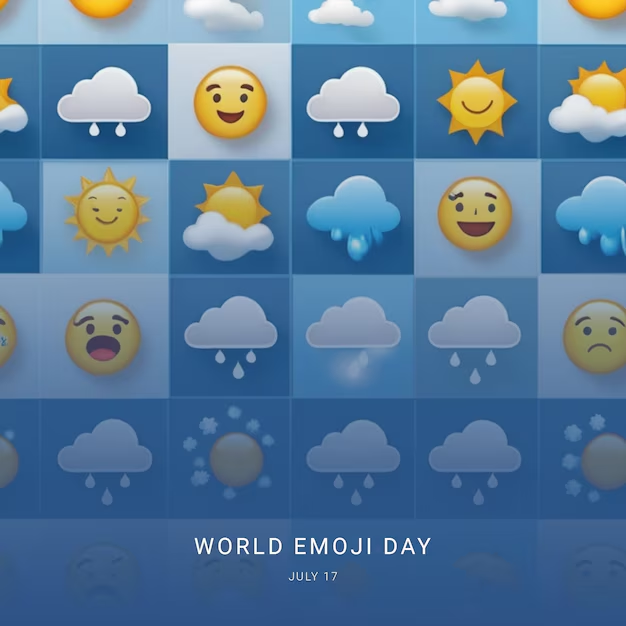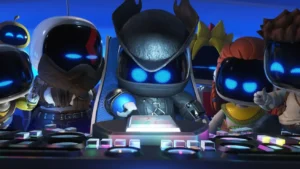Every year on July 17, the internet lights up with colorful posts, themed announcements, and tributes to the icons that have revolutionized how we communicate: emojis. World Emoji Day has become a globally recognized celebration of the expressive power of digital symbols, their cultural evolution, and their surprising roots in Apple’s software history.
So, why July 17? The answer begins with a product launch in 2002.
Apple’s iCal and the Origins of July 17
In July 2002, Apple introduced a new calendar application for Mac called iCal at the Macworld Expo. The software was showcased during a keynote by Steve Jobs and was set to become Apple’s native calendar app. When Apple later developed its proprietary emoji set—first appearing on iPhones in 2008 and expanding widely with iOS 5 in 2011—the calendar emoji that was part of the set displayed a fixed date: July 17.
This date remained largely unnoticed outside of tech enthusiast circles, simply embedded into the visual design of the calendar emoji on Apple platforms. It wasn’t until 2014 that it took on global significance.
The Founding of World Emoji Day
Jeremy Burge, founder of Emojipedia—the web’s most authoritative emoji reference site—spotted the July 17 date in the Apple emoji and decided it should serve as a commemorative anchor for a worldwide celebration. Burge officially launched World Emoji Day on July 17, 2014, through Emojipedia and social media platforms.
The goal was simple but resonant: to recognize and celebrate the cultural impact of emojis, which had by then become a key part of online communication. What began as a niche event has since evolved into a major annual occasion, with widespread participation from brands, tech companies, influencers, and everyday internet users.
More Than Just Icons: Why Emojis Matter
Though they began as playful additions to text, emojis now play a major role in modern communication. They allow users to convey emotion, tone, and context in a way that plain text often cannot. A word like “fine” can be interpreted a hundred different ways—but paired with the right emoji, its meaning becomes instantly clear.
Emojis have also become tools for inclusion and representation. With the addition of skin tone modifiers, gender-inclusive options, disability-themed characters, and cultural icons, the emoji keyboard today reflects a far broader and more accurate depiction of global society than it did even five years ago.
Beyond interpersonal messages, emojis are now used in marketing, political discourse, activism, and even legal contexts. They’ve become both mirrors of society and shapers of digital expression.
Key Milestones in World Emoji Day History
Since its founding, World Emoji Day has marked several major developments in the cultural and technological life of emojis:
- In 2015, Oxford Dictionaries named the “Face with Tears of Joy” emoji as its Word of the Year—the first time a pictographic symbol had earned the honor.
- In the years following, companies like Apple, Google, and Facebook began timing new emoji previews or feature announcements to align with July 17.
- In 2020, amid the global pandemic, emojis such as the face mask, soap, and toilet paper surged in usage as users coped with a new digital vocabulary for life in isolation.
- More recently, World Emoji Day has become a stage for introducing Unicode Consortium’s upcoming emoji drafts, polling the public on future inclusions, and celebrating global usage trends.
Platform Adoption and the July 17 Calendar Emoji
Though Apple originated the fixed July 17 date on its calendar emoji, it wasn’t always the standard across platforms. Google and Samsung, for instance, initially used other dates like March 31 or April 12. However, due to the increasing prominence of World Emoji Day, most major platforms eventually adopted July 17 for visual consistency.
Even social platforms like Twitter (now X) participate by launching special emoji-related hashflags, animations, or featured campaigns centered around the date. Some brands even align product launches and digital campaigns to match the cultural moment.
The Unicode Consortium and the Evolution of Emojis
The Unicode Consortium is the governing body responsible for standardizing emojis across devices and platforms. Each year, the Consortium evaluates proposals for new emoji characters, many of which are submitted by individuals and organizations advocating for more inclusive or culturally specific symbols.
Recent years have seen the addition of everything from the anatomical heart to a bubble tea drink, a pickup truck, and inclusive family depictions. The process to propose a new emoji involves a formal application, data supporting its potential usage, and a compelling rationale for inclusion.
World Emoji Day is often when Unicode previews its draft candidates or invites feedback on pending submissions. It’s a rare example of a community-led celebration that directly influences international standards.
Global Celebrations and Cultural Participation
World Emoji Day is embraced differently across communities and industries. Some of the most common activities and expressions include:
- Art challenges where people recreate famous works or portraits entirely out of emojis.
- Branded content featuring limited-edition emoji merchandise or themed filters.
- Virtual campaigns promoting digital expression, accessibility, and diversity.
- Emojipedia’s Emoji Awards, which recognize the most-used and most-loved emojis of the year.
Even musicians, politicians, and news agencies now incorporate emojis into their official communications, recognizing their significance in audience engagement and emotional clarity.
What’s Next for Emojis?
As of 2025, emojis continue to evolve. Unicode 16.0 is expected to introduce several new candidates, including culturally specific foods, non-binary characters, and expanded hand gestures. Animated emojis, 3D designs, and context-aware reactions are being tested in experimental messaging platforms.
Meanwhile, conversations around AI-generated emojis and real-time expressive avatars are growing. Companies like Apple, Meta, and Samsung are exploring ways to make emojis more dynamic, allowing users to create custom reactions based on facial tracking, tone analysis, or mood prediction.
Emojis are also finding new life in education, with teachers using them as storytelling tools and psychologists exploring their impact on digital empathy and emotional literacy.
World Emoji Day, though grounded in a bit of Apple lore, has become something much larger than a product anniversary. It celebrates a form of communication that is intuitive, universal, and deeply human—even though it’s rendered in pixels and code.
As our world becomes more interconnected and increasingly digital, emojis offer a rare constant: a shared language built not on grammar or spelling, but on feeling and recognition. In that sense, World Emoji Day is not just about the symbols we use but about the emotions we express — and the connections we forge — every time we send one.
Happy World Emoji Day.
No comments yet.







